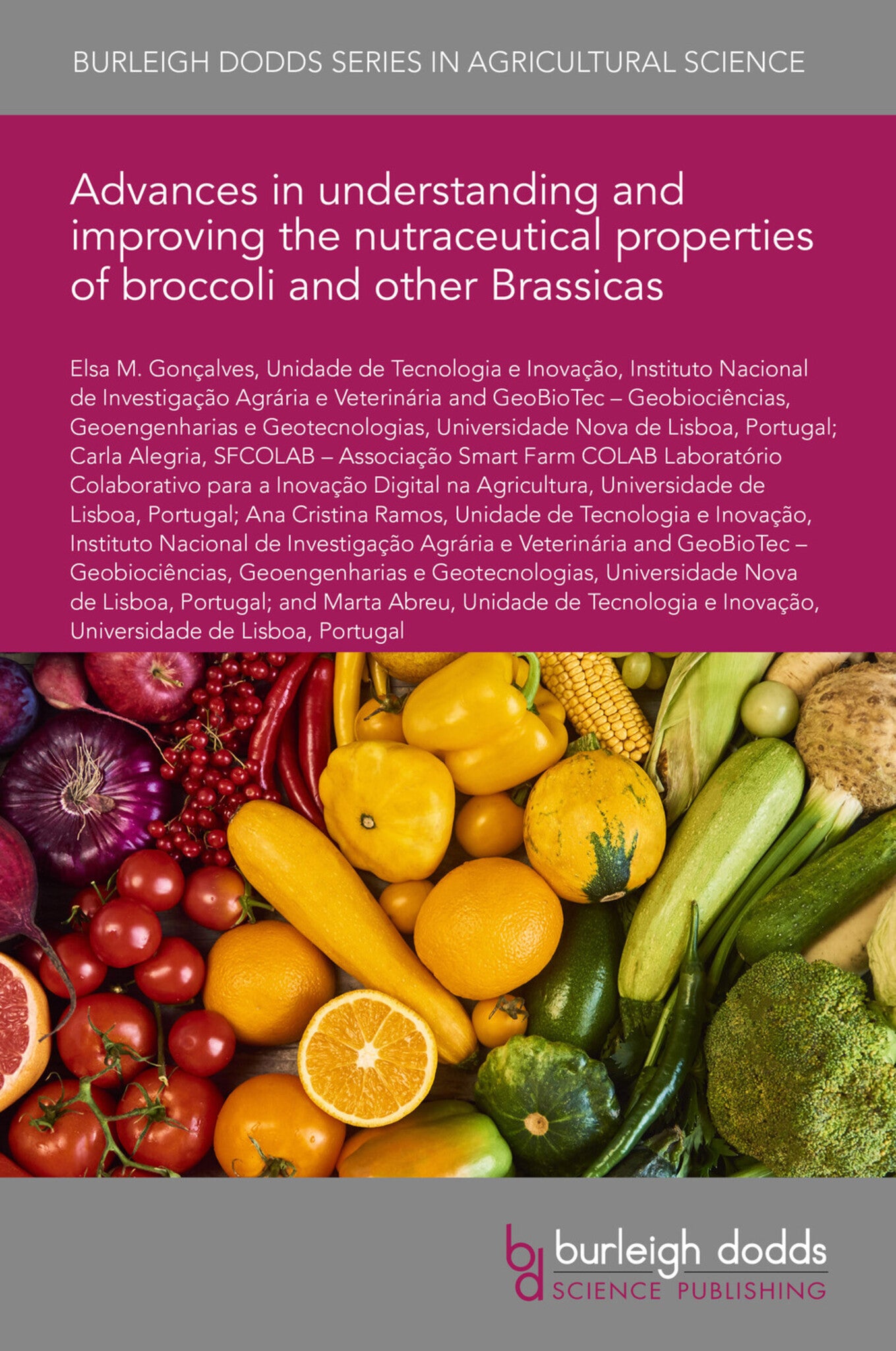We're sorry. An error has occurred
Please cancel or retry.
Advances in understanding and improving the nutraceutical properties of broccoli and other Brassicas

Some error occured while loading the Quick View. Please close the Quick View and try reloading the page.
Couldn't load pickup availability
- Format:
-
29 August 2022

The increasing consumption and popularity of Brassica vegetables can be linked to its nutrient composition and consequent health benefits. This review discusses the available evidence demonstrating the benefits of the Brassica family, particularly broccoli, and offers information to help ensure that public health messaging reflects current science. It demonstrates that Brassica vegetables have advantages beyond helping achieve basic nutritional requirements and could provide specific nutrients towards reducing the risk of cancer and other diseases. Knowledge of the bioavailability of Brassica bioactive compounds, particularly of phenolic compounds and glucosinolates, is critical to understanding such benefits. Finally, it discusses additional support and strategies to maintain Brassica nutritive value since the content of particular compounds varies significantly due to the different variables in the food supply chain. The overall aim of the present study is to comprise information regarding the Brassica vegetable family that can be used to encourage daily dietary intake through investigating diet-disease relationships.

SCIENCE / Life Sciences / Horticulture, Commercial horticulture, TECHNOLOGY & ENGINEERING / Agriculture / Sustainable Agriculture, TECHNOLOGY & ENGINEERING / Agriculture / Agronomy / Crop Science, Sustainable agriculture, Agricultural science, Agronomy and crop production

1 Introduction 2 The main phytochemical and health-promoting compounds 3 Research on bioavailability 4 Methods for preserving Brassicas’ bioactive composition through the supply chain 5 Future trends and conclusion 6 Where to look for further information 7 References



